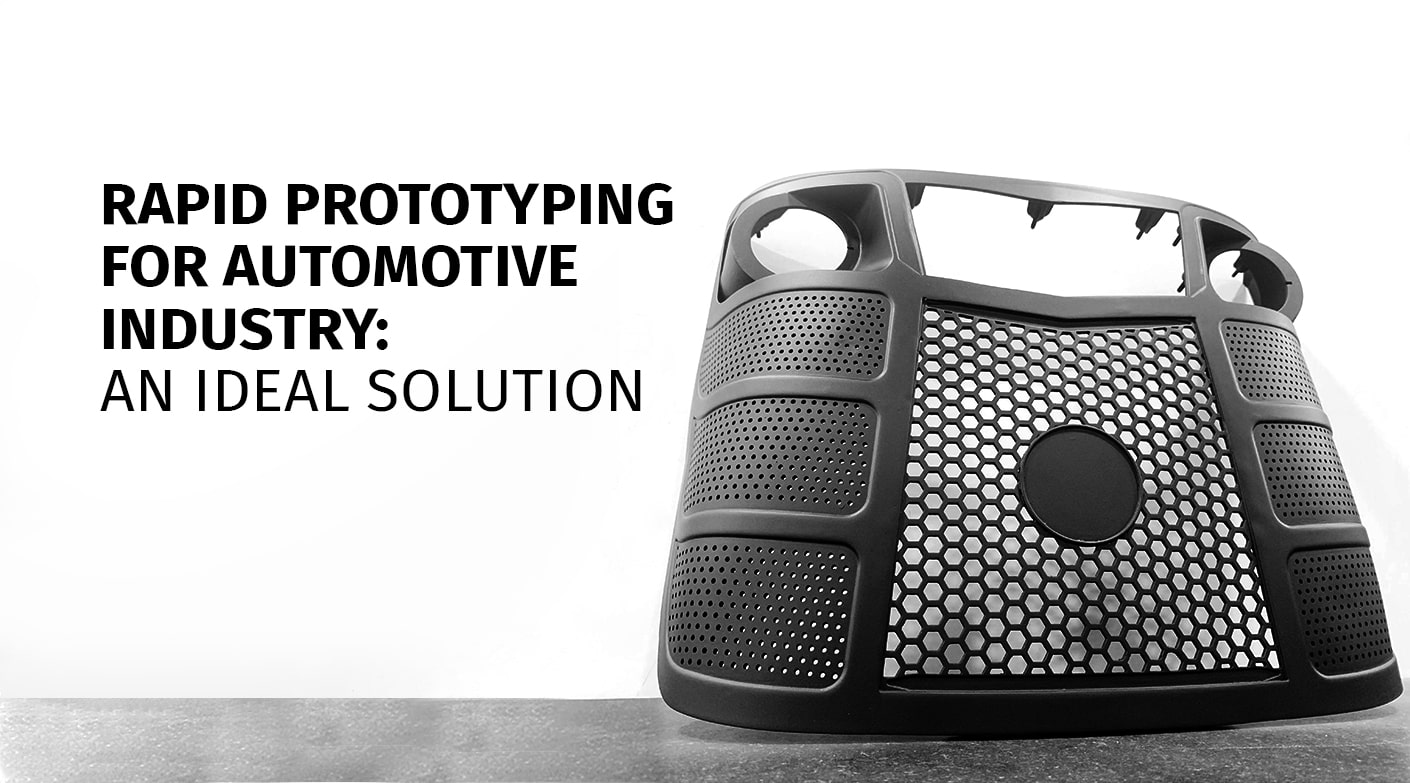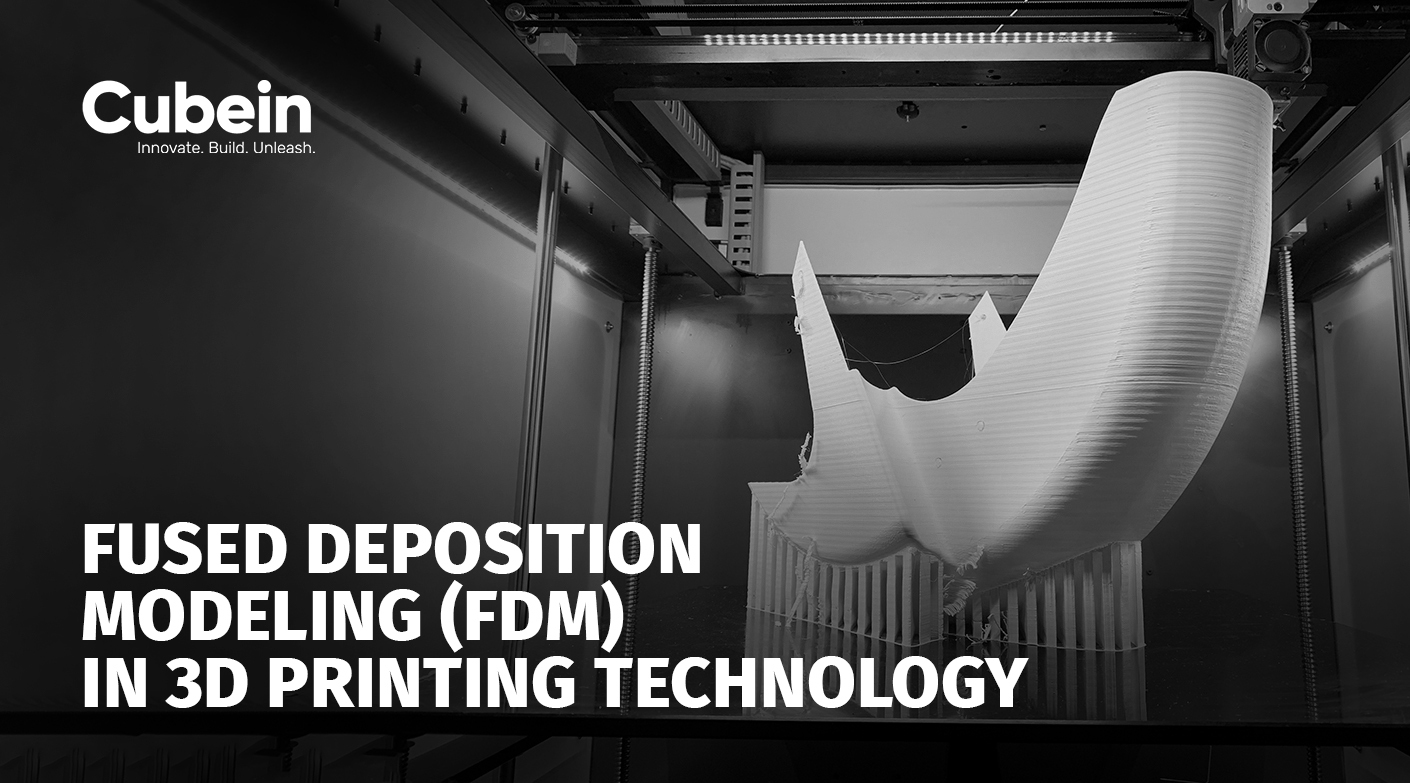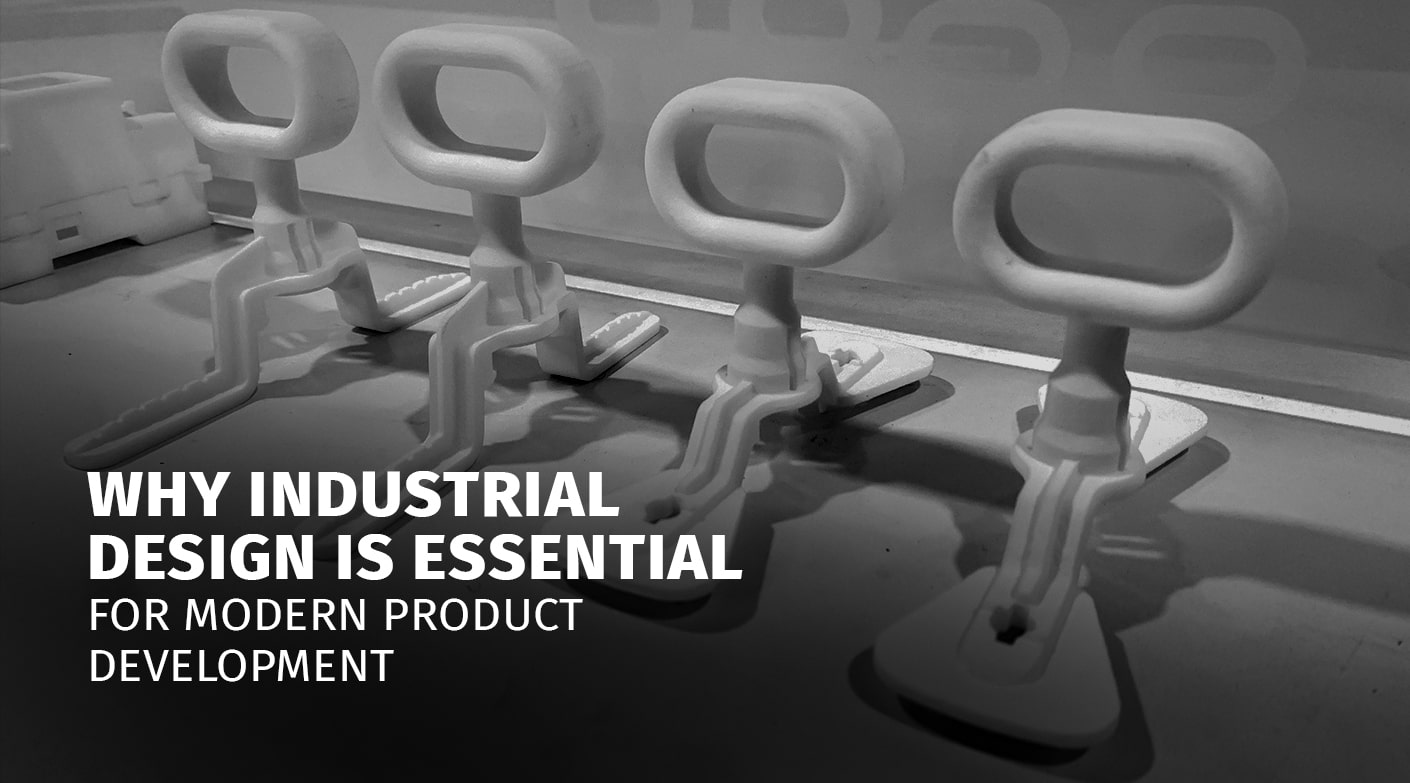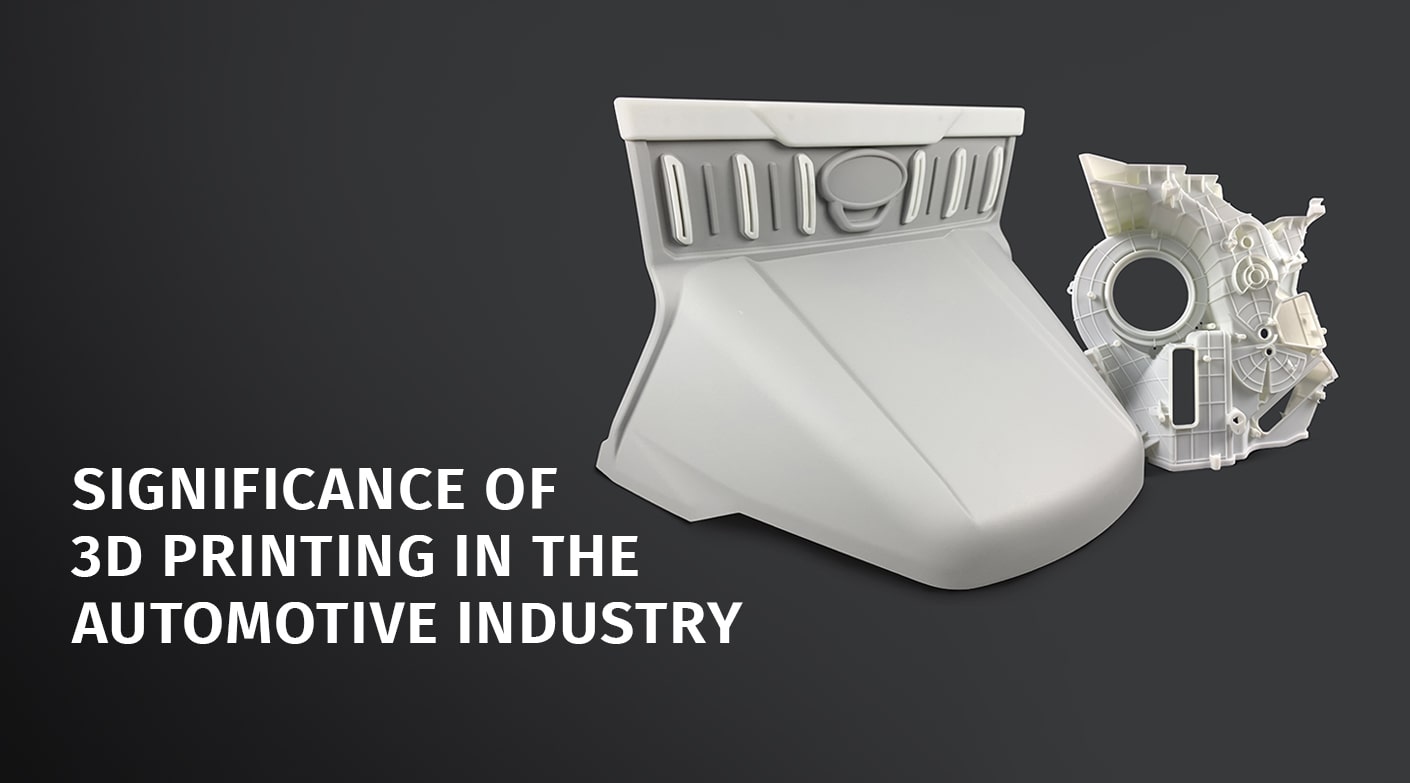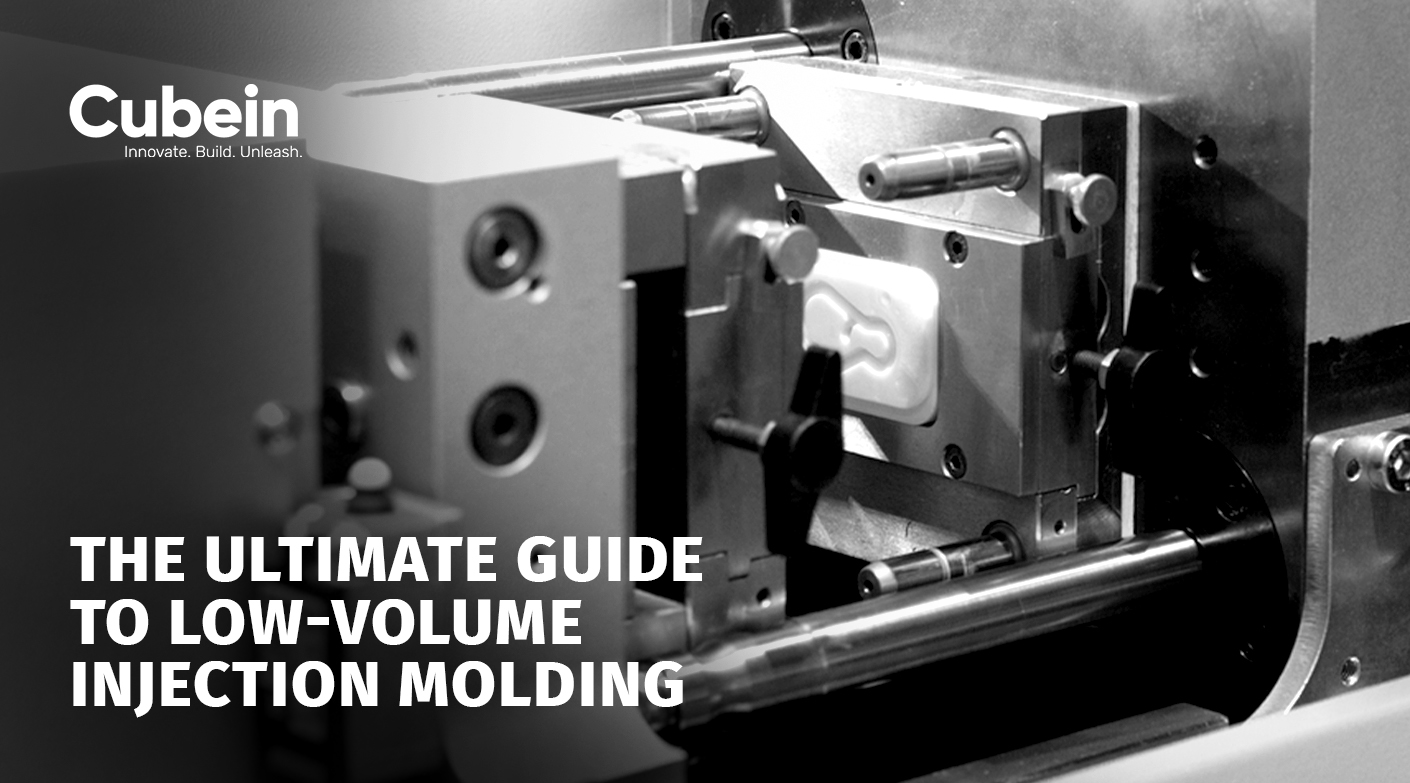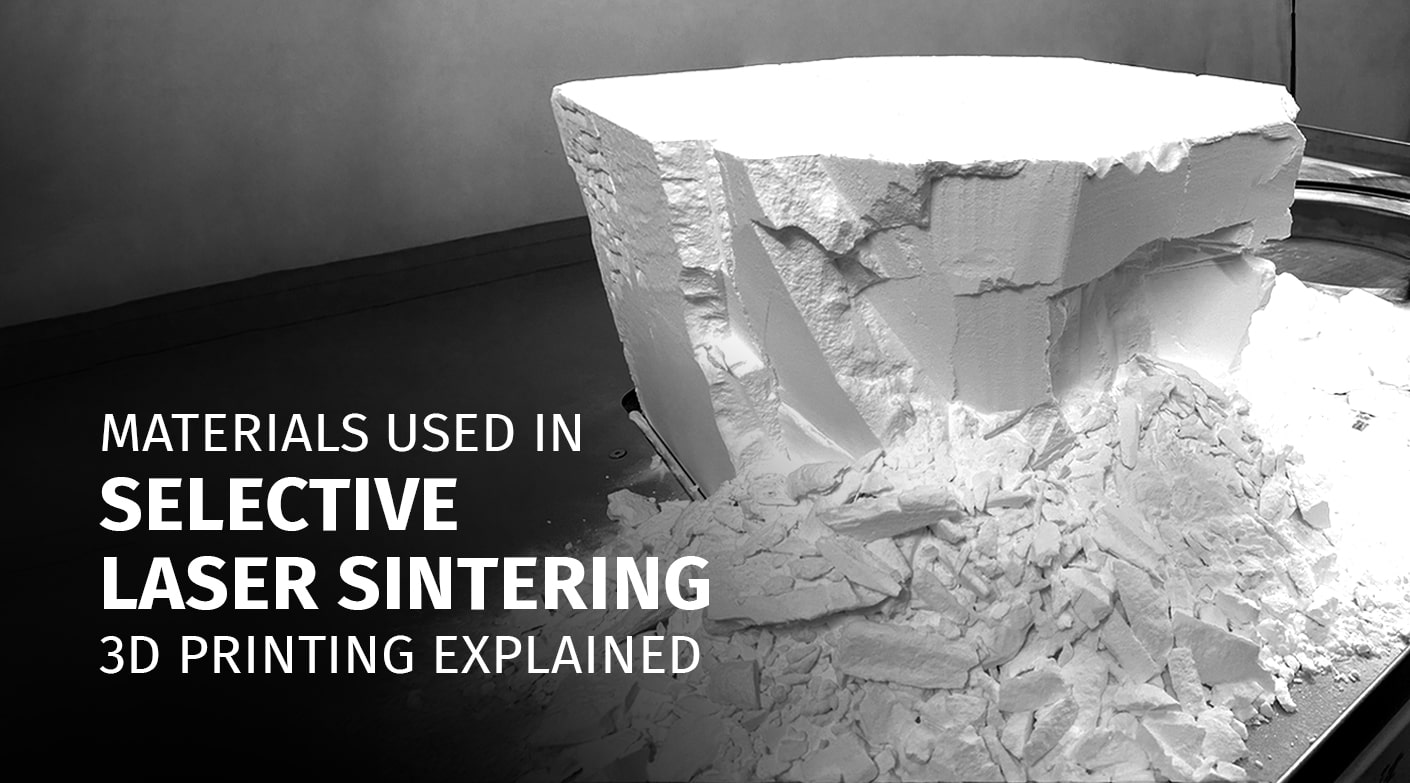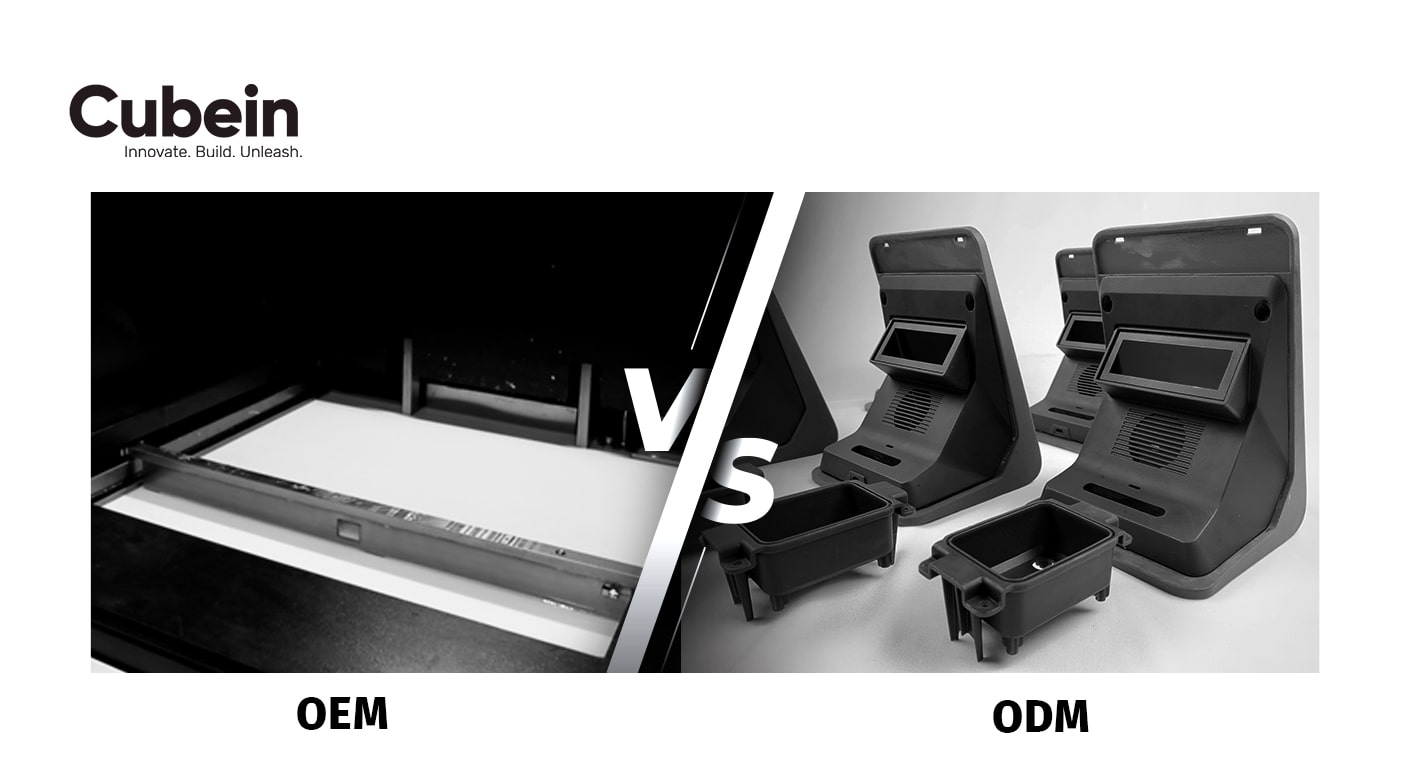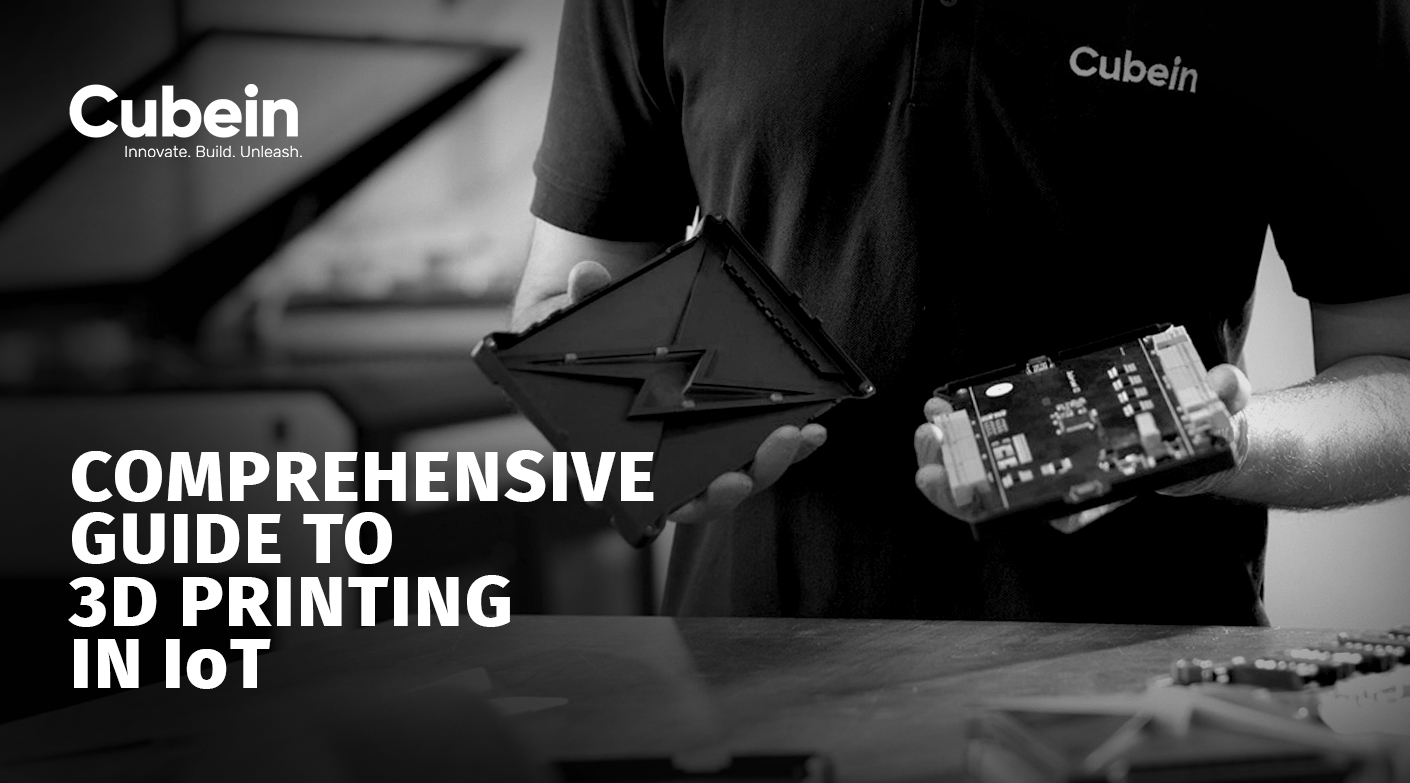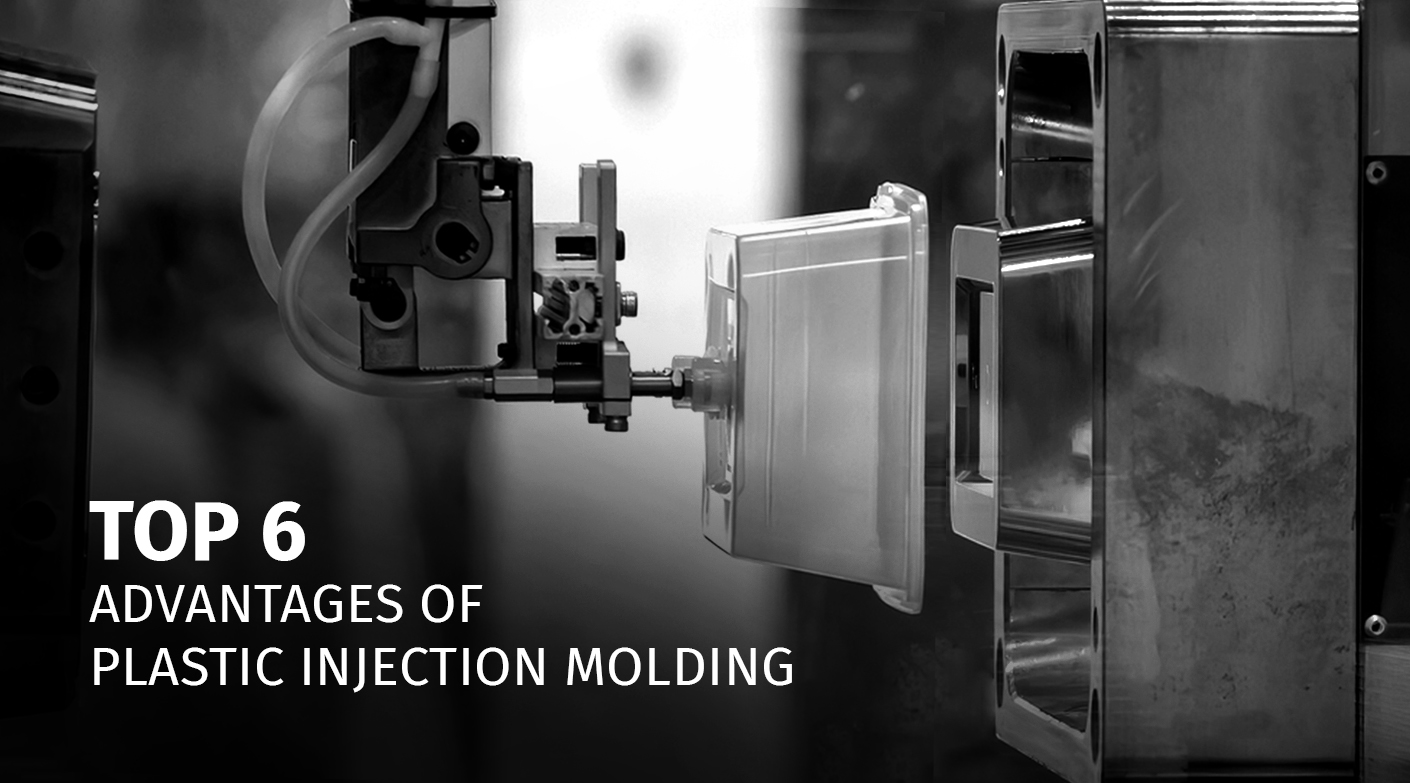Imagine being able to bring an auto design concept to a functioning model, in just a matter of days, no long queues or exorbitant costs of conventional manufacturing. Competitive mobility these days confronts automakers with not only the need to speed their product development but also to polish that process to the level of precision, safety, and cost effectiveness. It is where rapid prototyping in the automotive industry comes into action and is considered a game-changing solution.
Rapid prototyping provides rapid iteration of design, functional testing, and early feedback in the markets. It is more than a tool, as it is a strategic asset to innovation-driven automotive companies.
Whether you are developing a new leading-edge electric vehicle component, an ergonomic rear seat element, or an advanced body aerodynamic part, choosing the right rapid prototyping company can make the difference between dominating the market.
Understanding Rapid Prototyping for Automotive Industry
Use of rapid prototyping in the automotive field is the process of instantaneously creating working models or working parts in the real world out of computer-aided designs (CAD) files with the use of the latest material manufacturing technologies, 3D prints, computer numerical control (CNC) machines, and vacuum casting. This enables the designers and engineers to prove form, fit, and function in days instead of months, unlike traditional methods.
In automotive applications, rapid prototyping is the direct, real-time fabrication of physical models or working prototype components generated by computer-aided design (CAD) using state-of-the-art manufacturing processes such as 3D printing, computer numerical control (CNC) machining, and vacuum casting. This will give the designers and engineers the opportunity to validate form, fit, and function as opposed to traditional methods, sometimes days instead of months.
| Example: With the objective to improve the fuel efficiency with reduced carbon emission, Honda R&D wanted a substantial reduction in the weight of the crankshaft. They teamed up with Autodesk to redesign the crankshaft and instead create it in a 3-D printing method. They used prototyping with additive manufacturing, used organic and bone-like structures, tested their performance, and optimized the architectures of the proposed designs. As a result, they created one of the crankshafts, which was 50% weight of the conventional crankshafts and retained its integrity. This showed the potential of rapid prototyping to change the structure of auto parts. |
Through this faster workflow, automotive brands will be able to:
- Use visualised complicated geometries
- Test ergonomics and user experience
- Validate structural integrity in real-world conditions
- Design (iteration) of less downtime
When it is implemented by a highly specialized rapid prototyping firm like Cubein, the process incorporates the utmost precision engineering and responsiveness, allowing a quicker launch into the market and a drop in risks related to development.
Why Rapid Prototyping is Revolutionizing the Automotive Sector?
The development of the automotive industry and the shift towards internal combustion engines to electric and autonomous mobility require faster process lines and shorter development cycles. Here is why, the concept of rapid prototyping regarding the automotive industry can be regarded as a necessary method:
1. Rapid Product Development
Engineers can now transition days rather than months between design and a physical model, reducing time-to-market.
| Indeed, the rapid prototyping market in the global automotive industry is over USD 2.5 billion in 2025, and its compound annual growth rate (CAGR) is projected to grow to 15% by 2033, which indicates the current rapid increase in demand concerning the necessity to provide faster cycles of innovation. |
2. Improved Design Flexibility
It is possible to experiment and test multiple iterations without significant tooling costs, so designs can be more creative.
3. Cost Efficiency
The cost savings associated with not having to buy molds at an early stage mean thousands of dollars in development costs.
4. Pre-Production Functional Testing
It is possible to perform stress tests, evaluations of aerodynamics, and ergonomic tests on prototypes and then invest on a large scale.
5 Key Applications of Rapid Prototyping for Automotive Industry
1. Concept Models
Not sure what tooling to invest in for automobile designing, then use rapid prototyping technology. It makes exact 3D concept models, without the need for investing heavily in production tooling.
Such physical models can be used to give stakeholders a sense of the finished product, evaluate proportions, and show areas of the design where refinements can be made very early. This step will greatly minimize rework, save time, and allow design teams and decision-makers to be aligned.
2. Functional Components
An experienced rapid prototyping company can produce parts out of materials that have similar properties to those used in production. The prototypes are subjected to intensive fit, form, and function examination under simulation processes.
Thus, the engineers can verify the designs, identify weaknesses, and overhaul features prior to mass production, and eventually, reliability is achieved, which saves on wasted dollars after manufacturing.
3. Ergonomic Studies
The design of the vehicles must be comfortable and easy to navigate. Rapid prototyping services in India allow manufacturers to make a mock-up of their interiors in order to do ergonomic tests.
Seat positioning, control availability, and dashboard layout can all be tested by the designers with real users, and once the final car is ready, it should meet their criteria of maximum comfort and easier-to-access features based on the various user types, including different drivers and passengers.
4. Aerodynamic Validation
Aerodynamics is very crucial to the performance and efficiency of vehicles. With the use of rapid prototyping for automotive industry, engineers are able to construct a scale or full-size part and test it out in wind tunnels.
The process offers evidence-based data on how to optimize shapes and minimize drag to enhance performance with fuel economy or EV range, and a final design must be able to deliver the same.
5. Customization and Low-volume Production
Unique parts are frequently needed by luxury car builders, racecar teams, and niche manufacturers. Another constant of a good rapid prototyping company is that it provides small-quantity or single-shot production, cost-effectively.
This flexibility allows custom interior trims, exterior pieces, and racing parts without the cost of mass-production tooling, having advantages in brand differentiation and customization to the customer.
Conclusion
Speed and adaptability are not negotiable in the era of electrification, connected vehicles, and autonomous driving. Rapid prototyping for automotive industry enables the industry to innovate, test, and launch more rapidly, and not without the cost of reducing quality and safety.
No matter whether it is a concept model of a futuristic EV or a high-performance component in motorsports, the wise thing to do is to partner with a reputable rapid prototyping company. With one of the best providers of rapid prototyping services in India, Cubein has become the ultimate company providing innovation, speed, and cost efficiency, all at once.
| Looking for the best rapid prototyping services for your automobile business?
Contact now! |
FAQs
1. What is rapid prototyping in automotive industry?
It is a process of prototyping physical models or functional parts of CAD designs through technologies such as 3D printing, CNC machining, and vacuum casting for faster testing and design validation.
2. What is the role of a rapid prototyping firm for automotive manufacturers?
A professional rapid prototyping service provider has all the sophisticated equipment, material knowledge, and engineering capabilities to manufacture precise prototypes, and decrease design risks as well as rapid time to market.
3. Why select rapid prototyping services in India?
The rapid prototyping services based in India are low-cost, high-quality, and quick turnaround production with facilities that rely on skilled talents, opportunities that have been nurtured in India, and facilities that work with both the local and international auto brands.
4. Does vehicle functional testing use rapid prototyping?
Yes, they can be done in a material similar to final products, and so before large-scale manufacturing, they can be tested to ensure performance, wear and tear, and ergonomics.




